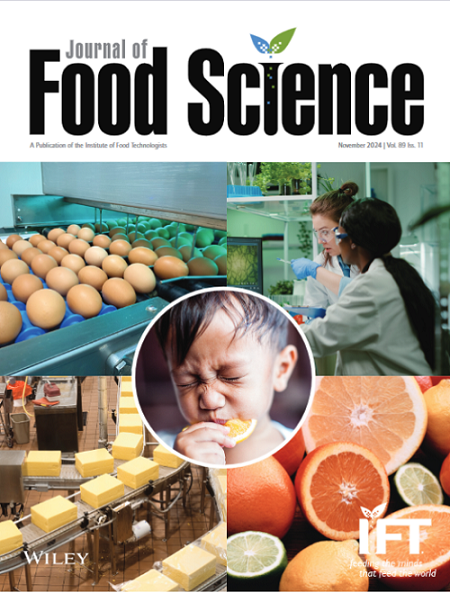The Use of Deep Learning in Primary Agricultural Products Freshness Assessment: A Systematic Review
Abstract
ABSTRACT
Primary agricultural products are closely related to our daily lives, as they serve not only as raw materials for food processing but also as products directly purchased by consumers. These products face the issue of freshness decline and spoilage during both production and consumption. Freshness degradation induces sensory deterioration and nutritional loss and promotes harmful substance accumulation, causing gastrointestinal issues or even endangering life. Currently, the freshness of primary agricultural products evaluation methods primarily includes sensory evaluation, spectroscopy, and colorimetric analysis. However, these techniques generally suffer from strong subjectivity, high requirements for specialized skills, and lengthy detection times. As a significant branch of machine learning, deep learning is based on neural networks and employs multi-layer architectures to process and learn from large-scale, complex data. It is capable of automatically extracting features from data and, by learning these features, can recognize and predict complex patterns. The application of deep learning for primary agricultural product freshness assessment not only enables automation and intelligent analysis of the evaluation process but also allows trained models to rapidly and accurately assess primary agricultural product freshness, thereby reducing the influence of manual intervention and subjective judgment. This paper reviews the integration of machine vision (based on physicochemical properties and smart visual labels), spectroscopy (hyperspectral imaging, near infrared spectrum, fluorescence spectra, and Raman spectrum), and electronic noses with deep learning for freshness of primary agricultural products evaluation, and highlights the current limitations of these technologies along with future development directions.


 求助内容:
求助内容: 应助结果提醒方式:
应助结果提醒方式:


